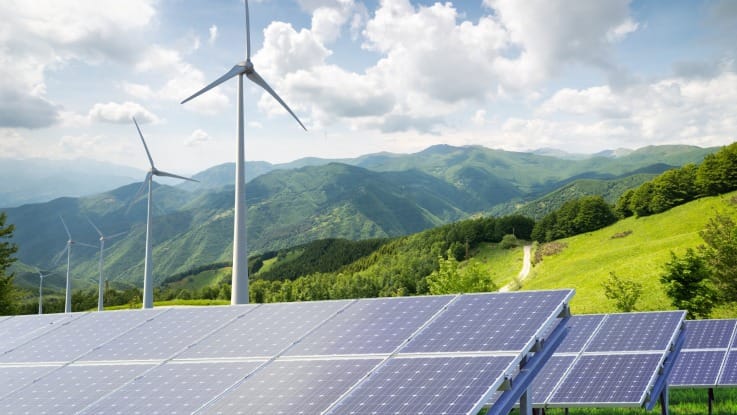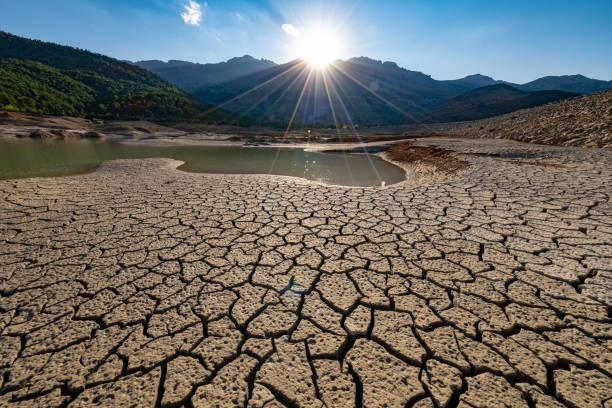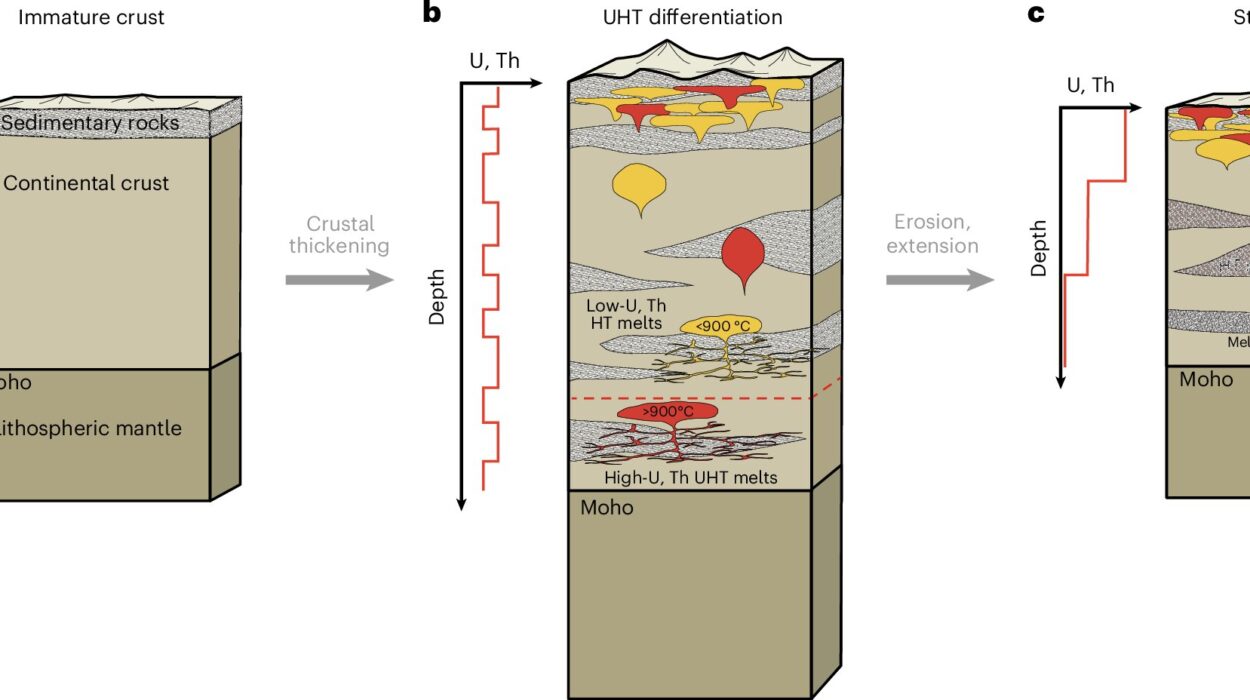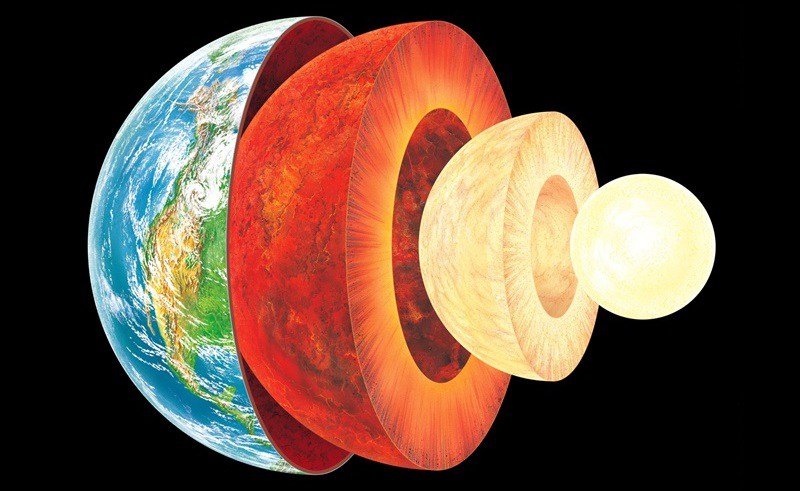In the vast, unfolding story of human civilization, energy has always been a central character. From the first fires that lit our ancient caves to the towering smokestacks of the Industrial Revolution, each leap forward in power generation has redefined how we live, work, and relate to the planet. But the fossil fuel era—so dominant, so defining—is reaching its inevitable twilight.
The signs are everywhere. Warming oceans. Melting glaciers. Choking cities. Record-breaking storms. The carbon clock is ticking louder than ever, and the pressure to transition to clean, renewable energy sources has shifted from moral imperative to global necessity. Fortunately, innovation is surging forward with a fierce urgency, and the technologies emerging today offer not just hope, but hard science and real-world results.
In this deep dive, we explore five of the most promising renewable energy technologies poised to reshape the global energy landscape in the coming decades. These are not distant dreams. They are real, rapidly evolving, and bursting with transformative potential.
1. Solar Energy: Rising Toward the Infinite
The sun delivers more energy to Earth in a single hour than all of humanity uses in a year. It’s an endless, silent explosion of light and heat—an ancient, celestial powerhouse that we’re only beginning to harness in full.
From Panels to Perovskites
Traditional solar panels, made from crystalline silicon, have improved remarkably in efficiency over the past few decades, reaching levels of 22–24% for commercial panels. But next-generation materials are already stepping into the light. Chief among them is perovskite—a class of mineral with extraordinary photovoltaic properties.
Perovskite solar cells are lightweight, flexible, cheap to produce, and capable of converting sunlight into electricity with efficiencies now exceeding 25% in laboratory settings. Unlike silicon, they can be sprayed or printed onto surfaces, opening the door to solar windows, rooftop membranes, or even solar-absorbing paint. The potential for integration into urban infrastructure is revolutionary.
But challenges remain. Perovskites are often unstable in moisture or air and rely on toxic lead. Research is intensifying to create lead-free, durable versions that can survive years of weather exposure without degradation.
Solar Storage and Smart Grids
Harvesting sunlight is only half the battle. Nighttime and cloudy days disrupt energy flow. That’s where energy storage comes in. Lithium-ion batteries, familiar from phones and electric vehicles, are now scaling up to form massive grid-level systems. Companies like Tesla, CATL, and Fluence are deploying battery farms that can store megawatts of solar power and release it on demand.
Meanwhile, “smart grids” enabled by AI and real-time data are helping to balance supply and demand dynamically. These digital backbones allow utilities to shift energy intelligently, avoid overloads, and reduce waste.
In the coming decades, expect solar panels to fade into skylines, embedded into buildings, vehicles, and clothing. The sun, ancient and eternal, is finally stepping onto center stage.
2. Wind Power: Sculpting the Air Into Electricity
Wind is air in motion, born from the uneven heating of Earth’s surface by the sun. It’s free, constant, and brimming with kinetic energy. Today, wind power is one of the fastest-growing renewable sectors on Earth, and it’s evolving into new, unexpected forms.
Offshore Giants and Floating Turbines
Land-based wind farms have become familiar sights, but their offshore counterparts are changing the game. At sea, wind speeds are steadier and stronger, allowing turbines to generate more electricity with less interruption. Europe, especially the North Sea region, has led the way in offshore development.
But now comes a second wave: floating wind turbines. Traditional offshore turbines must be anchored to the seabed, limiting them to shallow waters. Floating turbines, however, rest on platforms tethered to the ocean floor and can be deployed in deep waters far from shore—where winds are more powerful and visual impact on coastal communities is minimized.
One such project, Hywind Scotland, has proven floating technology at scale, surviving hurricane-force winds and producing power reliably. Larger versions are already in development in Japan, Norway, and the U.S.
Smarter Blades and Vertical Designs
Turbine design is also advancing rapidly. New blade geometries—optimized through AI and machine learning—reduce drag, resist fatigue, and capture more energy. Materials like carbon composites make blades lighter and longer, reaching over 100 meters in length.
Meanwhile, vertical axis wind turbines (VAWTs) are attracting attention for urban settings. Unlike traditional turbines, which resemble giant fans, VAWTs spin like eggbeaters and can operate in turbulent, multidirectional wind environments—perfect for city rooftops.
Storage and Grid Integration
As with solar, wind’s biggest hurdle is intermittency. Windless days can stall generation. Battery storage, green hydrogen (more on that later), and smarter grid management are critical in smoothing output. Combined with predictive algorithms that forecast wind patterns, these solutions are weaving wind more tightly into the global energy tapestry.
Wind may be invisible, but its power is becoming undeniable—and increasingly unstoppable.
3. Green Hydrogen: The Elemental Transformer
Hydrogen is the most abundant element in the universe. It powers stars and holds enormous energy potential. But on Earth, pure hydrogen doesn’t exist freely—it must be extracted from compounds like water or methane.
Historically, most hydrogen has been made through processes that emit CO₂, such as steam methane reforming. But green hydrogen—produced via electrolysis powered by renewable electricity—generates zero emissions. It’s clean, potent, and incredibly versatile.
Electrolysis: Splitting Water, Saving the Planet
Electrolysis involves using electricity to split water into hydrogen and oxygen. When powered by solar or wind energy, the process produces green hydrogen. This hydrogen can then be stored, transported, and used in a variety of applications—from electricity generation to industrial processes to fuel for vehicles.
Modern electrolyzers, like proton exchange membrane (PEM) and solid oxide electrolyzers, are becoming more efficient and affordable. Global capacity is expected to skyrocket in the 2030s, with major investments from the EU, China, and the United States.
Hydrogen’s Many Lives
Green hydrogen shines in areas that are hard to electrify. Heavy industries like steel, cement, and chemicals—responsible for nearly 30% of global emissions—require high temperatures and chemical reactions that electricity alone can’t easily provide. Hydrogen can step in as a clean-burning alternative.
It also has promise in long-haul transportation, especially aviation, shipping, and heavy trucks. Hydrogen fuel cells produce only water as a byproduct and can deliver longer range and faster refueling than batteries in certain contexts.
Moreover, hydrogen can be stored for months, unlike electricity in batteries, making it a valuable backup for seasonal fluctuations in renewable generation.
Challenges and Promise
Hydrogen is tricky. It’s the smallest molecule, prone to leakage. It requires high-pressure or cryogenic storage. Its infrastructure is still nascent. But innovation is moving fast. Pipelines, storage tanks, and hydrogen-compatible engines are being built, tested, and refined.
Green hydrogen is not just an energy carrier. It’s a key that could unlock full decarbonization of some of the world’s toughest climate challenges.
4. Advanced Geothermal: Earth’s Hidden Fire
Beneath our feet, the Earth seethes with heat. The core burns at temperatures hotter than the surface of the sun. Geothermal energy taps into this subterranean inferno to produce electricity and direct heating—and it does so 24/7, regardless of weather or time of day.
Traditional geothermal plants require special geological conditions: natural hot water reservoirs near the surface. But advanced geothermal systems (AGS) are rewriting those rules.
Enhanced and Closed-Loop Systems
Enhanced geothermal systems (EGS) involve drilling deep into hot dry rock, fracturing it to create permeability, and injecting water to generate steam. It’s similar to fracking but without fossil fuels. EGS allows geothermal to expand far beyond volcanic regions like Iceland or the Pacific Ring of Fire.
Another promising technique is the closed-loop geothermal system. Here, water or another working fluid circulates through sealed pipes in deep wells, absorbing heat without mixing with the surrounding rock or water. This avoids the risk of groundwater contamination and seismic activity.
Companies like Fervo Energy and Eavor are piloting these systems in the U.S. and Canada, demonstrating that scalable geothermal is no longer theoretical.
Geo + AI = Precision Heat
Artificial intelligence and machine learning are also transforming geothermal. By analyzing subsurface data from seismic surveys and drilling logs, AI can predict the best drilling locations, optimize flow rates, and prevent mechanical failures—reducing cost and risk.
As solar and wind expand, geothermal could provide the steady, baseload power that keeps the grid stable. It’s quiet, reliable, and nearly invisible—a giant sleeping beneath us, waiting to awaken.
5. Next-Gen Energy Storage: The Heartbeat of Renewables
Renewable energy is abundant—but not always reliable. The sun sets. The wind dies. Without effective storage, these fluctuations can destabilize power systems. Batteries are the beating heart of the clean energy transition, and their evolution will shape everything.
Beyond Lithium: A New Era of Storage
Lithium-ion batteries dominate today’s market, powering everything from phones to power grids. But lithium is expensive, geographically concentrated, and not ideal for long-duration storage.
Enter a new wave of alternatives:
- Solid-state batteries, with ceramic electrolytes, offer higher energy density and improved safety.
- Flow batteries, using liquid electrolytes stored in external tanks, are scalable and excellent for large, stationary applications.
- Sodium-ion batteries promise a cheaper, abundant alternative to lithium, though with slightly lower energy density.
Other futuristic concepts include gravity storage (lifting heavy weights when power is abundant, then dropping them to generate electricity) and thermal storage (storing excess energy as heat in molten salts or concrete, then converting it back when needed).
AI-Managed Grids and Decentralized Power
Storage works best when paired with smart management. AI can forecast energy demand, weather patterns, and price fluctuations, dispatching power precisely and efficiently. Decentralized systems—where homes and businesses produce, store, and share their own energy—are also on the rise.
Think of it as the internet of energy: small, smart, interconnected.
The result? A cleaner, more resilient grid, where power flows intelligently and adaptively.
The Road Ahead: Integration, Equity, and Imagination
No single technology will carry us into a carbon-neutral future. The real magic lies in integration—solar panels powering electrolyzers that produce hydrogen stored in underground tanks, while geothermal systems provide baseload power and AI-optimized batteries smooth out the edges.
But beyond the science, the energy revolution must also be a human one.
Clean energy must be accessible, not just to wealthy nations but to developing regions where energy poverty persists. Microgrids powered by renewables can bring electricity to remote villages, empowering education, health care, and economic growth.
It must be equitable, avoiding the extractive mistakes of the fossil fuel era. Communities must have a voice in where projects are built and who benefits from them.
And above all, it must be imaginative. We need visionaries who don’t just ask what’s possible but what’s beautiful, just, and sustainable.
Conclusion: A Future Written in Light and Wind
The future of renewable energy is not a distant dream. It is unfolding now—in sunlit deserts, wind-swept coastlines, underground chambers, and laboratories humming with discovery. It’s written in the shimmer of perovskites, the whisper of wind over floating turbines, the hiss of hydrogen being born from water.
It’s a story of transformation—technological, environmental, and human.
As we stand at this critical crossroads, the choices we make will echo for generations. But with science as our compass and imagination as our sail, we are charting a course toward a future defined not by scarcity and pollution—but by abundance, harmony, and light.






